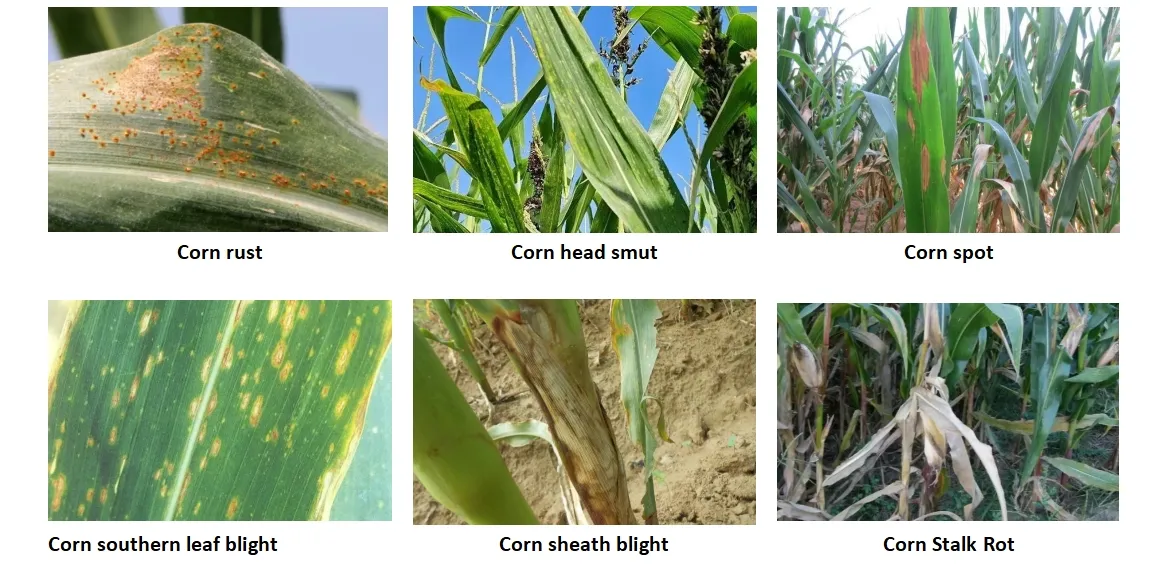
Sep . 01, 2024 23:34 Back to list
Pyraclostrobin
Pyraclostrobin is a systemic fungicide that belongs to the strobilurin class of fungicides. It has gained attention in the agricultural sector due to its unique mode of action and its effectiveness against a variety of plant pathogens. This article explores the uses of pyraclostrobin, its benefits, and its impact on crop management.
Pyraclostrobin is primarily employed in the control of fungal diseases affecting various crops, such as cereals, fruits, vegetables, and ornamental plants. Its efficacy lies in its ability to inhibit mitochondrial respiration in fungi, which ultimately leads to the cessation of fungal growth. This makes it particularly effective against pathogens like *Botrytis cinerea*, *Fusarium* spp., and *Phytophthora* spp., which are responsible for significant yield losses.
.
Beyond cereals, pyraclostrobin is extensively used in the fruit and vegetable sector. It is beneficial in managing diseases such as powdery mildew in grapes and downy mildew in cucumbers. The application of pyraclostrobin helps ensure that fruits develop into high-quality produce, thus meeting market standards and increasing profitability for farmers. Additionally, its low toxicity to non-target organisms enhances its appeal as a sustainable pest management solution.
pyraclostrobin uses

Another notable application of pyraclostrobin is in turf management. It is utilized to control diseases like dollar spot and brown patch in lawns, golf courses, and sports fields. By using pyraclostrobin, turf managers can maintain healthy and aesthetically pleasing green spaces, which are vital for recreational and professional activities.
The use of pyraclostrobin also brings certain agronomic benefits. It has a relatively long residual activity, meaning that a single application can provide extended protection. This can reduce the number of applications needed throughout the growing season, contributing to lower labor costs and a decreased likelihood of resistance development among target pathogens. Moreover, pyraclostrobin is often used in tank mixes with other fungicides, enhancing its efficacy while providing a broader spectrum of disease control.
However, like any agricultural chemical, the use of pyraclostrobin must be accompanied by careful management practices to mitigate potential risks. Farmers are encouraged to follow integrated pest management (IPM) strategies, including crop rotation, the use of resistant varieties, and monitoring for disease pressure, to maximize the effectiveness of pyraclostrobin while minimizing environmental impacts.
In conclusion, pyraclostrobin serves a vital role in modern agriculture, offering effective control of a range of plant diseases in various crops. Its systemic action, coupled with a favorable safety profile, makes it an essential tool for farmers aiming to protect their yields and ensure food security. As the agricultural industry continues to evolve, pyraclostrobin's role in sustainable farming practices will likely expand, contributing to healthier crops and improved sustainability in food production systems.
-
Azoxystrobin: Broad-Spectrum Fungicide Solutions
NewsAug.11,2025
-
Best EPA Boscalid: Superior Crop Fungicide for Max Yields
NewsAug.11,2025
-
Best Willowood Imidacloprid: Superior Pest Control Solutions
NewsAug.10,2025
-
Best EPA Boscalid Fungicide: Ultimate Crop Protection
NewsAug.09,2025
-
Cyprodinil Fungicide: Broad-Spectrum Crop Protection
NewsAug.08,2025
-
Tembotrione Herbicide: Advanced 8% OD for Broad Spectrum
NewsAug.07,2025
